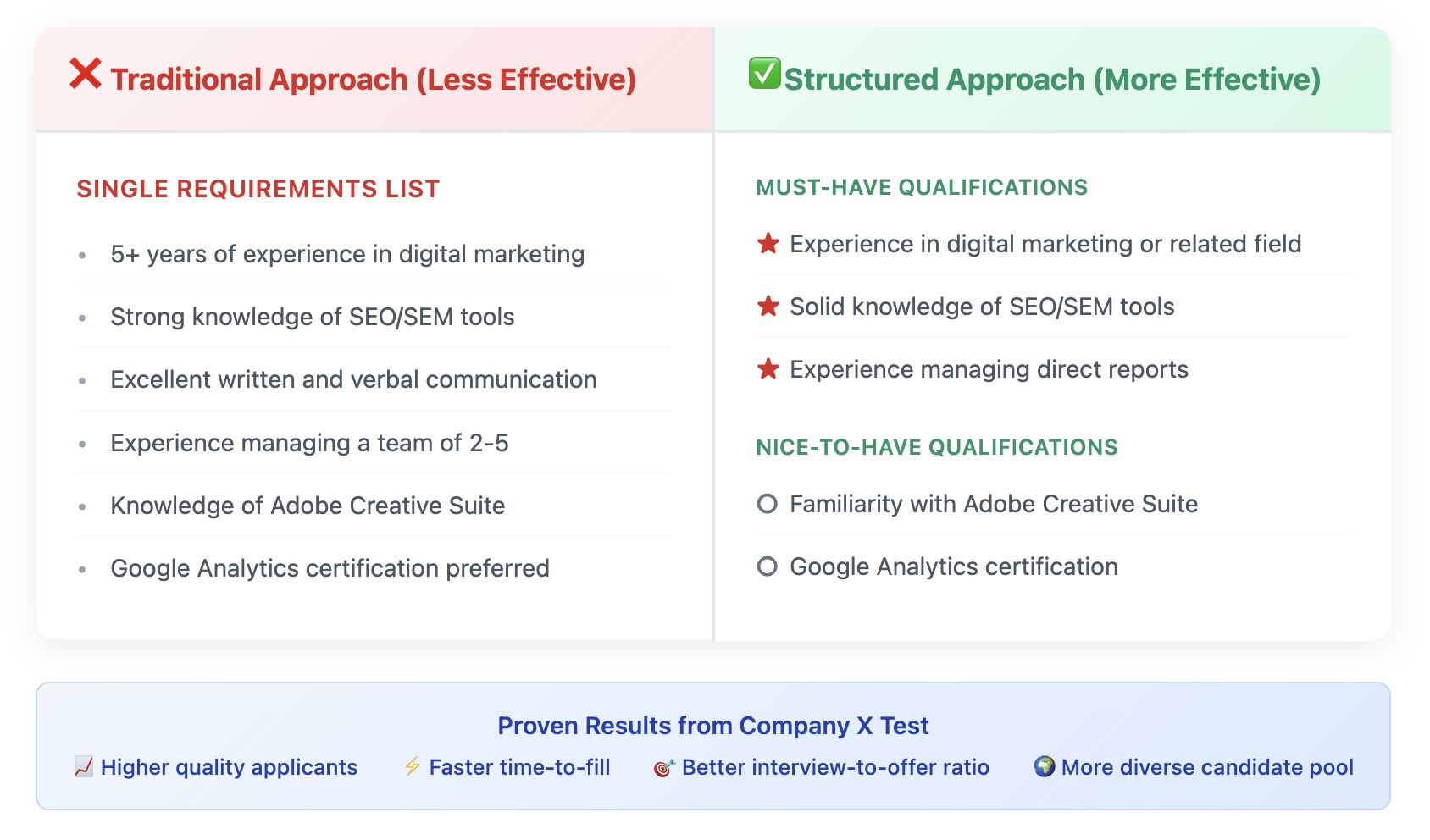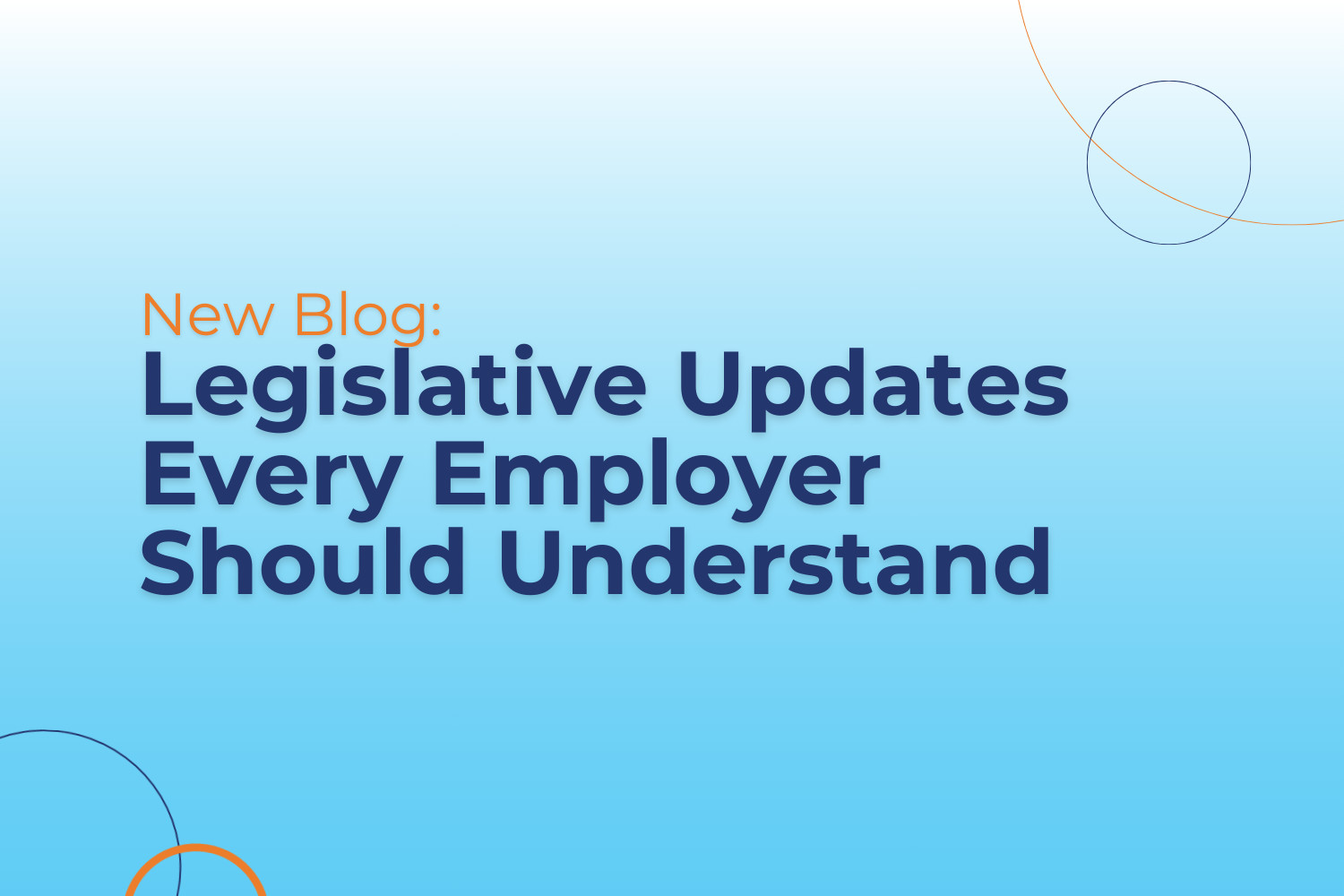As summer heats up, so do HR compliance obligations. The third quarter of 2025 brings critical deadlines that impact employment tax filings, employee benefit plans, and organizational policy reviews. For employers and employees alike, staying compliant is about more than avoiding penalties, it’s about ensuring long-term organizational health, aligning with government agencies, and supporting your workforce effectively.
Here’s your complete breakdown of essential Q3 HR compliance deadlines and best practices to stay on top of them.
July 2025: Mid-Year Compliance Milestones
July 29, 2025 – Provide Summary of Material Modifications (SMM)
What’s Required?
Employers must provide a Summary of Material Modifications (SMM) to plan participants if there were any changes to employee benefit plans during the prior plan year.
Preparation Tips:
- Collaborate with plan administrators to finalize and validate the SMM.
- Distribute SMMs via secure email or printed copies, ensuring compliance with electronic disclosure rules.
This requirement supports transparency and compliance under the Employee Retirement Income Security Act (ERISA) and ensures all stakeholders are informed of changes impacting retirement income security.
July 31, 2025 – Retirement Plan Reporting (Forms 5500-series and 8955-SSA)
What’s Required?
Employers must file Form 5500 to report retirement plan operations and financials. Form 8955-SSA is used to report former employees with deferred vested benefits.
Preparation Tips:
- Determine the correct form based on the number of employees covered and plan structure.
- Use the EFAST2 online filing system to submit forms accurately and meet the IRS and Department of Labor’s tax law requirements.
These reports help government agencies monitor retirement plans for compliance with the Retirement Security Act and ERISA provisions.
July 31, 2025 – Quarterly Federal Tax Return (Form 941)
What’s Required?
Employers must file Form 941 to report Q2 payroll taxes withheld from employee wages and taxes, including Social Security and Medicare contributions.
Preparation Tips:
- Confirm all employment tax deposits were submitted correctly.
- File electronically to ensure on-time delivery and quicker confirmation.
Staying current with payroll obligations is essential for businesses operating in the United States, especially in navigating complex tax law rules.
July 31, 2025 – Deposit Unemployment Taxes (Form 940)
What’s Required?
If an employer’s FUTA (Federal Unemployment Tax Act) liability exceeded $500 through June 2025, a deposit must be made by this date.
Preparation Tips:
- Review quarterly payroll records to determine FUTA liability.
- Make deposits electronically to align with IRS due dates and streamline tracking.
This is another critical component of estimated taxes that helps fund unemployment compensation for workers.
August 2025: Mid-Year Compliance Check
August 1, 2025 – Mid-Year Policy Review
What’s Required?
Employers are encouraged to conduct mid-year audits of workplace policies. This review ensures your practices are in line with changing labor laws, including remote work standards, minimum wage increases, and evolving DEI initiatives.
Preparation Tips:
- Audit employee handbooks for alignment with both federal and state requirements.
- Update internal practices to reflect industry best practices and regulatory developments.
Regular policy audits help businesses stay on top of compliance and reduce the risk of employee disputes or legal exposure.
September 2025: Stay Ahead of Q3 Deadlines
September 16, 2025 – Estimated Tax Payment for Q3 2025
What’s Required?
All applicable businesses must submit Q3 estimated taxes to the IRS by this date.
Preparation Tips:
- Coordinate with your finance or tax team to ensure accuracy.
- Review year-to-date income and expenses to calculate the payment owed.
Failure to pay estimated taxes timely can result in penalties and impact financial planning, especially for organizations with fluctuating cash flow.
September 30, 2025 – Provide Summary Annual Report (SAR)
What’s Required?
Employers must distribute the Summary Annual Report (SAR) to participants and beneficiaries of employee benefit plans. The SAR includes a plain-language overview of the plan’s financial standing from the previous year.
Preparation Tips:
- Work closely with plan administrators to gather and verify financial data.
- Distribute SARs via secure email or traditional mail depending on employee preferences and regulations.
This step is an ERISA-mandated obligation that strengthens employee confidence in their benefits and supports retirement income security.
Tips for Managing Q3 Compliance
- Plan Ahead: Use a compliance calendar to track all key due dates, required forms, and policy reviews.
- Leverage Technology: HR platforms can automate tax filings, payroll taxes tracking, and benefits reporting, reducing risk and effort.
- Stay Informed: Monitor updates from government agencies to catch changes in labor laws, minimum wage, and other compliance standards.
- Engage Experts: Legal and financial consultants can assist with complex issues surrounding tax law, benefits, and filings.
- Communicate Internally: Share deadlines and expectations across teams to promote transparency and accountability.
Looking Ahead
Q3 2025 is packed with pivotal HR compliance activities that span from retirement reporting to estimated tax filings. Proactively managing these obligations helps ensure your company remains compliant, boosts employee satisfaction, and supports long-term strategic goals.
By staying up to date on employment tax rules, fulfilling documentation like the summary annual report SAR, and aligning with ERISA requirements, businesses can avoid costly errors and build a reputation for reliability and transparency.
Take action today to meet these deadlines and prepare for a successful year-end.











